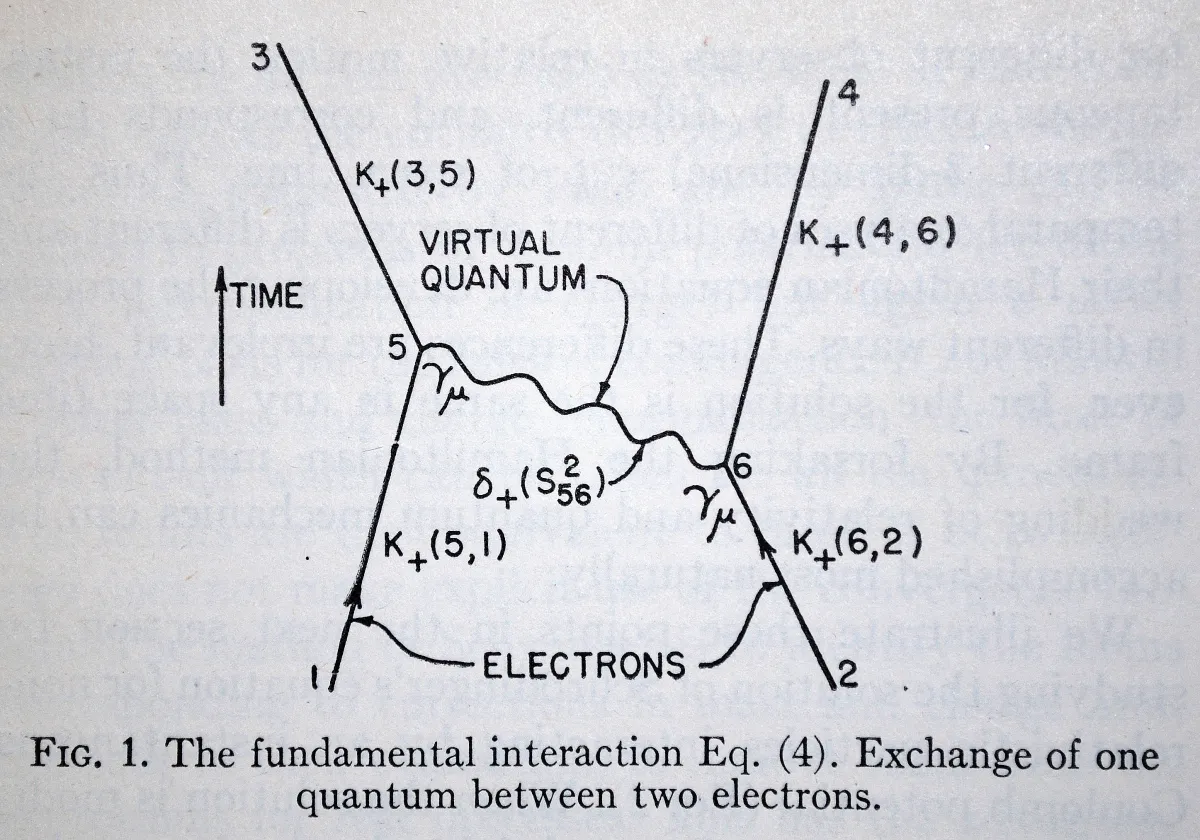So when doing spectroscopy from a theoretical standpoint one of the main things we're interested in is seeing which transitions between energy levels are allowed, various energy levels are described by their quantum numbers (you probably know of the quantum number l that corresponds to s p d f ... orbits but there are many others) the changes in quantum number that are allowed in a transition when absorbing light are selection rules
So for example if you have a selection rule ∆l = +/- you can go from l = 1 to l = 2 or l= 0 in one transition but the transition directly from l = 1 to l = 3 is known as forbidden.
So the transition that they measured in this paper is a forbidden transition in the helium atom
But how do we actually get these selection rules? So we get this answer by looking at the fundemental process that happens when you do spectroscopy: you make a molecule interact with light in such a way that this leads to a transition between energy levels. So to a first approximation we can treat the electromagnetic wave classically and say that it's spatially constant over the atom (this is of course an approximation that's reasonable because the atom has a very small size compared to the spatial variation of the field)
However this approximation won't give us entirely correct selection rules because to get that we need to treat the light matter interaction using quantum field theory, so some transitions that seem forbidden at first (like the one studied in this paper) are actually allowed due to effects unaccounted for by the dipole approximation, though this also means that the transitions will be very statistically unlikely and hard to detect.
So now let's take a look at how we can deal with a much more precise calculation using quantum electrodynamics (QED)
So essentially what we do is that we take the expression for the transition amplitude that we had from the dipole approximation and add some corrections to it that are relativistic, so first we correct the Hamiltonian (the main operator of quantum mechanics, that corresponds to the energy of the system and is an essential part of the equation), so to the Hamiltonian we add the so called Breit Hamiltonian which is a relativistic correction describing interaction of electrons with electromagnetic radiation that actually predates QED historically but it is quite often used to account for relativistic effects in chemistry, the second correction is the QED one where some interactions described by the Feynman diagrams i attached are added, this correspond to different ways the electron and the photon can interact during the absorption process
And thanks to these corrections we can actually calculate a non zero transition amplitude which can then be compared to experiment and allows us to essentially test QED.

